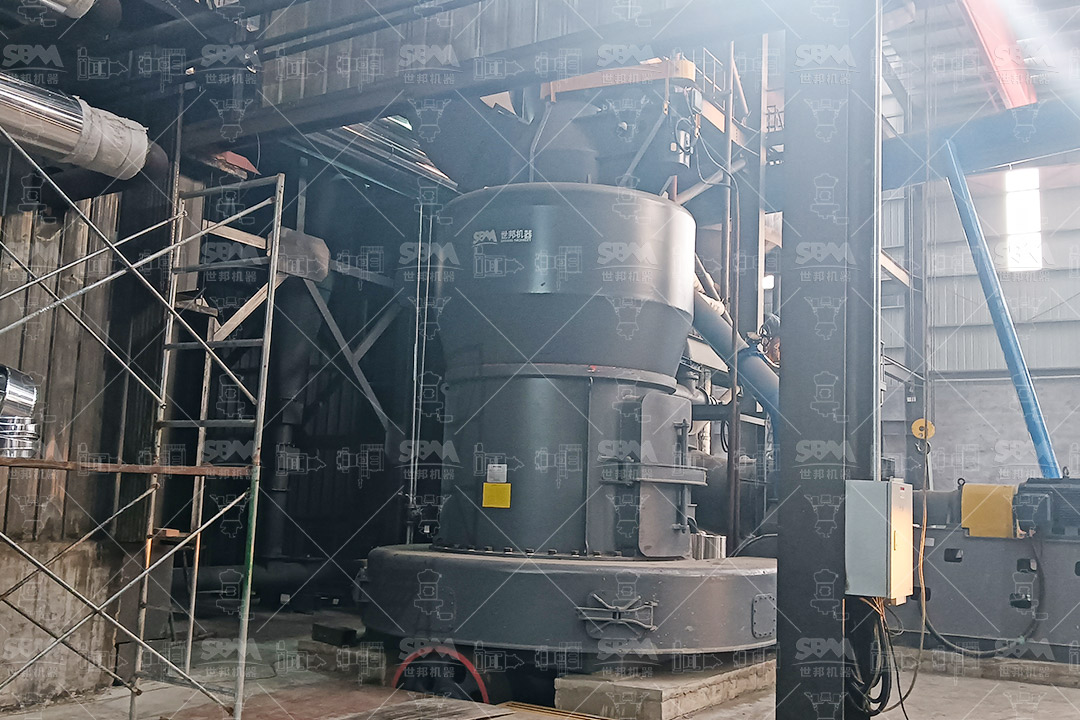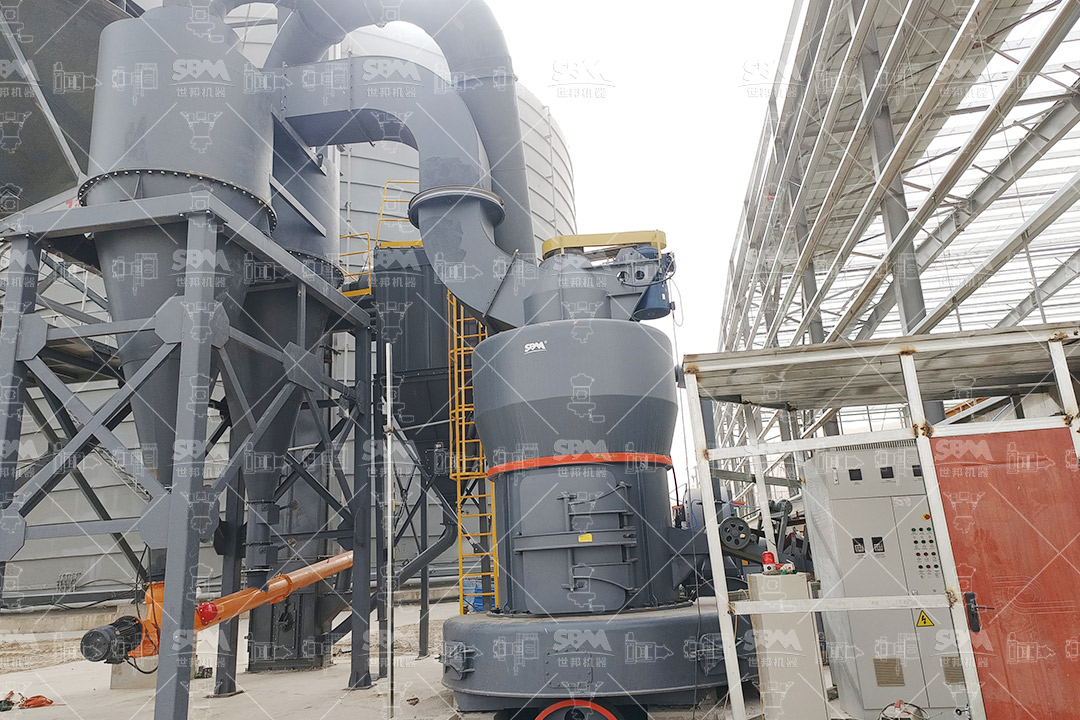Dolomite, a calcium magnesium carbonate mineral (CaMg(CO3)2), plays a critical role in refractory applications due to its high melting point, excellent thermal stability, and resistance to basic slags. The performance of dolomite-based refractories is heavily dependent on the particle size distribution, purity, and morphology of the ground powder. Selecting the appropriate grinding mill is therefore paramount to achieving the desired refractory properties, including density, strength, and thermal shock resistance. This comprehensive guide explores the key factors to consider when choosing a grinding mill for dolomite in refractory applications and highlights optimal solutions from our product portfolio.

Understanding the material characteristics is the first step in mill selection. For refractory use, dolomite is typically calcined to produce a mixture of calcium oxide (CaO) and magnesium oxide (MgO), known as dead-burned dolomite. This process removes CO2 and increases chemical stability. The key properties influenced by grinding include:
The target fineness is one of the most decisive factors. Refractory applications often require a specific and sometimes very fine particle size.
| Application Type | Typical Fineness Range | Key Consideration |
|---|---|---|
| Standard Dolomite Bricks | 100 – 325 mesh (150 – 45 μm) | Good density and sintering |
| High-Performance/Precision Shapes | 325 – 600 mesh (45 – 20 μm) | Enhanced sintering and strength |
| Specialized Coatings & Castables | 600 – 2500 mesh (20 – 5 μm) | Ultra-fine particles for superior packing and reactivity |
The required throughput (tons per hour) will narrow down the suitable mill size and type. It’s essential to match the mill’s capacity with both current and projected future production needs.
Grinding is an energy-intensive process. Mills with higher grinding efficiency and lower specific energy consumption (kWh/ton) can significantly reduce operational costs over the long term.
The physical space available and the level of system integration (e.g., built-in drying, classification, and dust collection) are practical considerations that can impact installation costs and plant layout.
This includes the wear rate of grinding elements, the frequency of maintenance, and the ease of replacing consumable parts. A mill with a durable design and low maintenance requirements offers better overall economics.
The mill system must effectively control dust emissions to meet environmental standards and ensure a safe working environment. Noise levels are also a critical factor for operator safety.

Traditional Raymond mills are suitable for coarse to medium grinding of dolomite, typically up to 325 mesh. They are a robust and cost-effective solution for standard refractory brick production where ultra-fine sizes are not critical. However, for high-performance applications requiring finer powders, their efficiency drops significantly, and they may not provide the narrowest PSD.
Ball mills are versatile and can handle a wide range of feed sizes and produce powders from coarse to fine. They are a proven technology. However, for producing fine and ultra-fine dolomite powders, ball mills can be less energy-efficient compared to more modern vertical mills. They also have a larger footprint and higher noise levels.
Vertical roller mills have become the industry standard for many grinding applications due to their superior efficiency. They combine grinding, drying (if needed), and classification in a single unit. For dolomite grinding in the range of 30-325 mesh, a VRM is an excellent choice. It offers significant energy savings (30-50% less than a ball mill), a smaller footprint, and lower noise. The ability to handle moist feed material is an additional advantage if the raw dolomite is not perfectly dry.
When the refractory formulation demands particles in the superfine range (below 20 μm or 600 mesh), specialized ultrafine grinding mills are required. These mills utilize advanced grinding principles and high-precision internal classifiers to achieve a tight, controlled PSD at the micron and sub-micron level.
Based on the specific requirements of the refractory industry, we highly recommend two of our flagship products, each catering to a distinct fineness and capacity segment.
For refractory producers requiring dolomite powder in the 30 to 325 mesh range for standard bricks and shapes, the MTW Series Trapezium Mill is an optimal solution. This European-style grinder incorporates several technological advancements that make it ideal for this application.
For a typical dolomite grinding plant aiming for 200-mesh product, the MTW175G model, with a main motor power of 160kW and a capacity of 9.5-25 t/h, represents a perfect balance of performance and economy.
When your refractory products demand the highest quality dolomite powder with a D97 fineness ranging from 325 to 2500 mesh (45-5μm), the SCM Ultrafine Mill is the undisputed technology leader.
For pilot-scale production or smaller volume requirements of high-grade dolomite powder, the SCM800 model (0.5-4.5 t/h, 75kW) is an excellent starting point. For large-scale industrial production, the SCM1680 model (5.0-25 t/h, 315kW) delivers the necessary throughput without compromising on fineness quality.

The selection of a grinding mill for dolomite in refractory applications is a strategic decision that directly impacts product quality, production cost, and operational efficiency. There is no one-size-fits-all solution. The choice must be guided by a clear understanding of the required final product specifications, particularly fineness and capacity. For coarse to medium-fine grinding (30-325 mesh), the MTW Series Trapezium Mill offers an unbeatable combination of efficiency, durability, and cost-effectiveness. For pushing the boundaries of refractory performance with fine and ultra-fine dolomite powders (325-2500 mesh), the SCM Ultrafine Mill provides the necessary technological edge with superior precision and remarkable energy savings. By carefully evaluating your needs against the capabilities of these advanced milling solutions, you can optimize your refractory production process for maximum competitiveness and quality.